We specialise in treatments for headaches and migraines
Headaches and Migraines Treatment
With a focus on advanced therapies and evidence-based approaches, our experienced team of healthcare professionals is dedicated to reduce frequency, intensity, and duration of your headaches and migraines – helping you regain control and enjoy a better quality of life.
Let's treat your headaches and migraines
Finding the cause of your headache and migraine.
Like most internal organs, the brain has no pain sensitive receptors. Now tell this to someone suffering from a headache or migraine, and they will doubt you considerably. Pain receptors are found on the covering of the brain, the meninges, as well as the scalp, face and outer parts of the head, and it is usually one of these structures that are to blame for most headaches.
Another cause of headaches, and probably the most common, is the neck. Issues with the neck may refer pain to some part of the head – you might feel it behind the eyes, in the forehead or back of the head.
Migraines, on the other hand, are a completely different story. They affect 15 per cent of people, and their cause is largely unknown. Migraine symptoms vary greatly from a throbbing head, pain in the face, sensitivity to light and/or sound, vomiting, nausea and visual disturbances, to name a few. In his book ‘Migraine’, Olive Sacks described nearly 100 different varieties of migraine.
Solutions for everyone
We have different ranges of treatment
The most common treatable causes of headaches are those arising from the:
- cervical spine
- neck
- temporomandibular joint (TMJ)
- jaw
If the cause of the headache cannot be identified and conservative treatment is not effective, further investigation from a GP or specialist may be indicated.
Headaches and Migraines Point Cook Physical
Here's what to expect from a headache and migraine treatment with us.
Treatment for headaches will typically be aimed at releasing any of the structures around the head and neck that could be referring pain to the head. These include the muscles around the jaw or the temporomandibular joint (TMJ) and neck, the scalp and the suboccipital region (the thick muscle just below the back of the head).
It may also involve correcting the position of any structures below the neck. Interestingly, a bent knee, a twisted pelvis and even a tight hip can change the bodies neutral position, and if the neck compensates for such positions over time, this can cause degeneration in the neck itself and then can lead to headaches.
